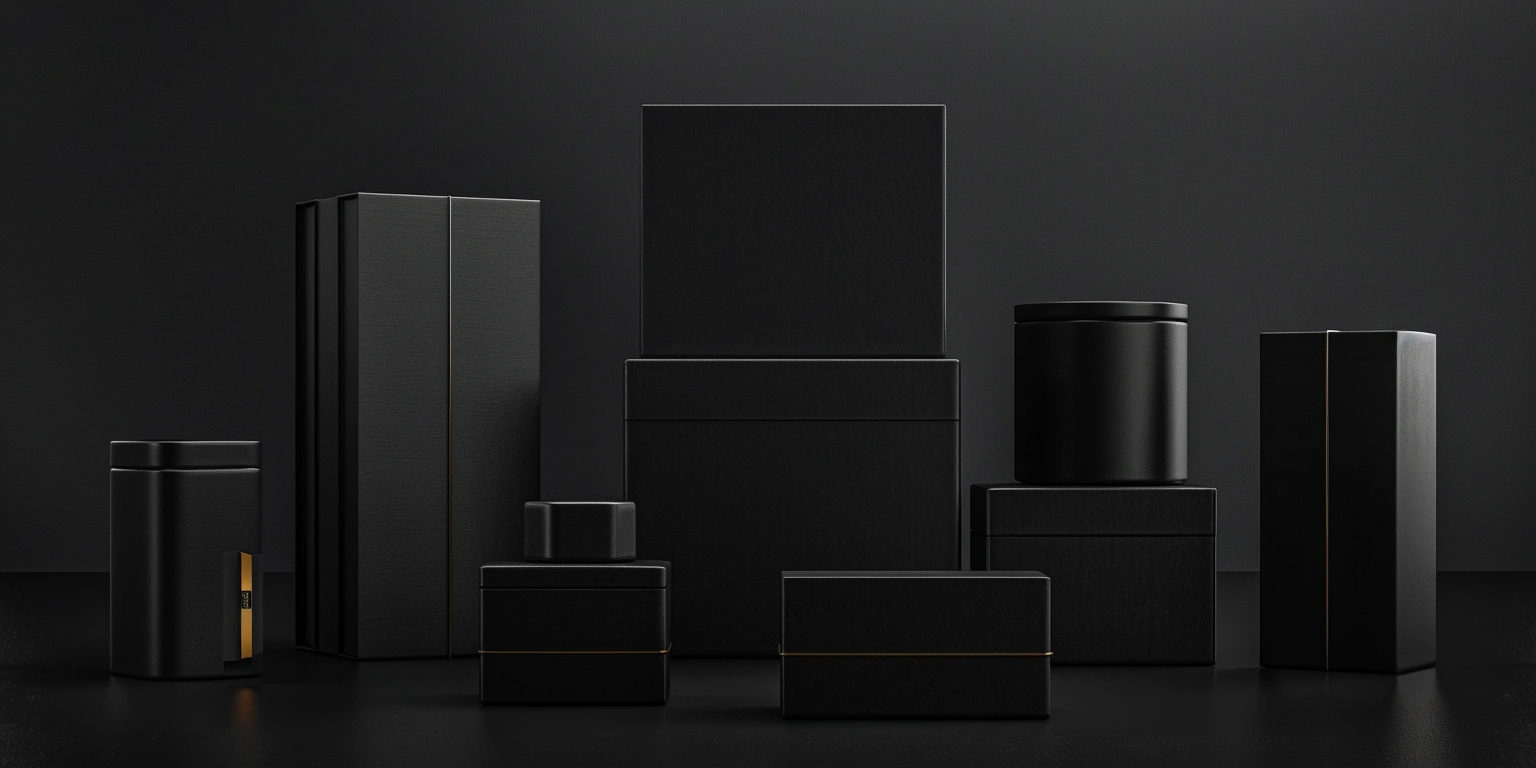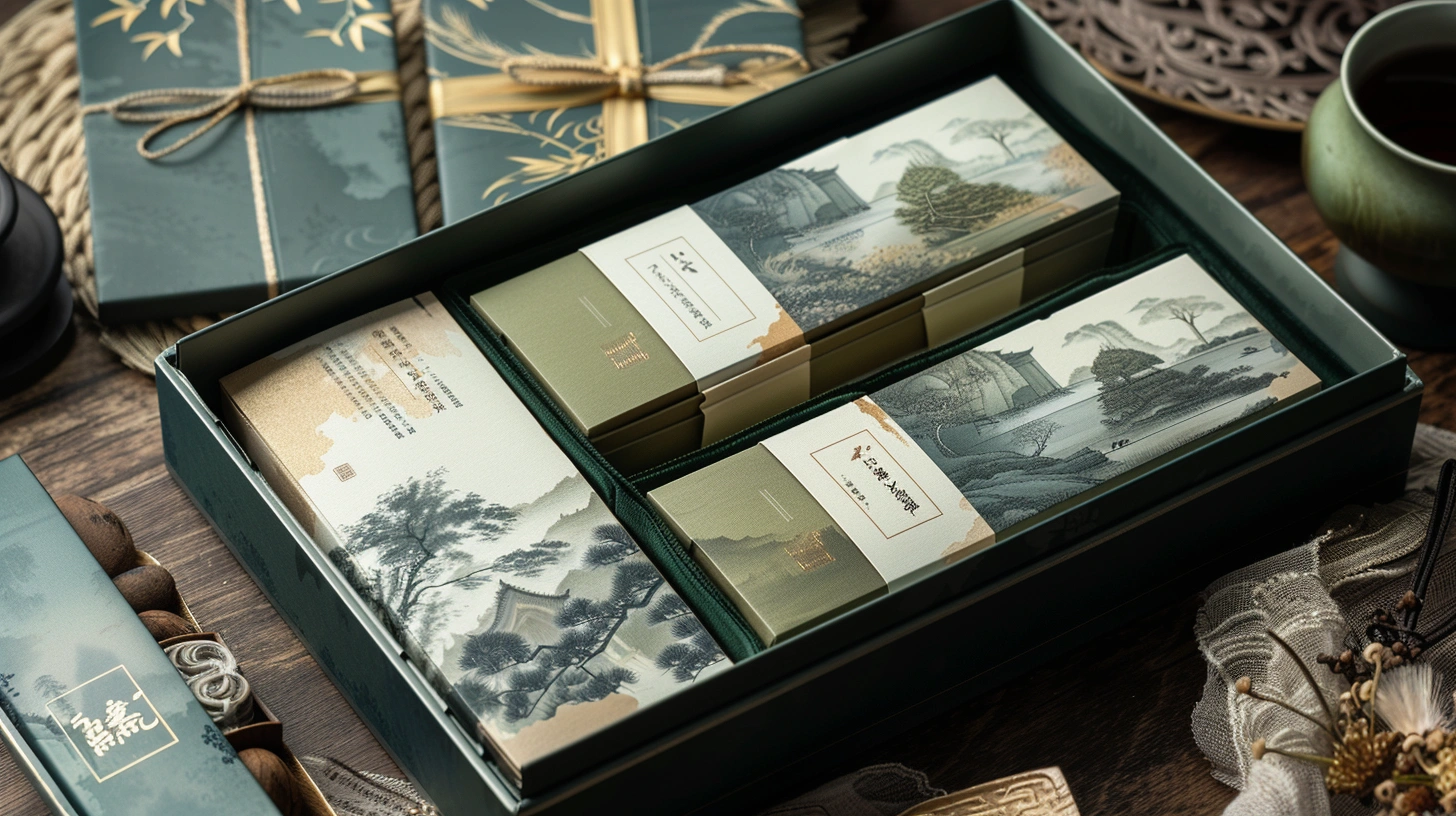
E-commerce Packaging Optimization: How XrheaBox Merchant Enhanced Customer Unboxing Experience
Lead — outcome, value, method, evidence
Conclusion: With XrheaBox spec harmonization and ISTA-validated packout, the merchant cut damages and color complaints while reducing cost-to-serve for short runs.
Value: Returns fell from 3.8% to 1.1% (N=18,420 shipments, Q2–Q3), and complaint ppm dropped from 380 ppm to 140 ppm at 22–26 °C ambient with mixed courier lanes; sample windows and reports filed as DMS/PKG-2309-014 and LAB/ISTA3A-2406-071.
Method: We set a low-migration print/convert window, re-centered packout to ISTA 3A, and digitized traceability and CoC records.
Evidence anchors: ΔE2000 P95 improved from 2.4 to 1.6 (@150–170 m/min flexo, N=56 lots; ISO 12647-2 §5.3), and transit damage rate fell by 3.1 pp under ISTA 3A Profile (N=5 cycles; ASTM D4169 drop map referenced).
Constraints from Food & Beverage/HORECA and Brand Guidelines
We achieved Food & Beverage/HORECA hygiene, food-contact safety, and brand color tolerance within one consolidated specification.
Key conclusion: Outcome-first: a single, low-migration spec maintained brand colors (ΔE2000 P95 ≤1.8) and GS1 barcode Grade A while meeting HORECA handling limits.
Data: ΔE2000 P95 1.6 (N=56 lots) at 150–170 m/min flexo with water-based low-migration inks; barcode Grade A, X-dimension 0.33 mm, quiet zone 2.5 mm (N=680 scans); complaint ppm 140 ppm (down from 380 ppm) in 8 weeks at 22–26 °C, 45–55% RH.
Clause/Record: EU 1935/2004 and EU 2023/2006 GMP verified via migration test 40 °C/10 d (LAB/FC-2405-119), FDA 21 CFR 175/176 reviewed for substrate; brand color per ISO 12647-2 §5.3; GS1 General Specifications v23.1; BRCGS Packaging Materials Issue 6 internal audit IA/PM-2407-002.
Steps:
- Process tuning: set centerline 160 m/min; anilox 3.5–4.0 bcm; ink pH 8.5–9.2; dryer setpoint 60–70 °C; hold viscosity 20–24 s (Zahn #2).
- Workflow governance: preflight brand palettes to 7-color ECG; lock go/no-go swatches; SMED for plate swaps (target changeover 18–22 min).
- Test calibration: weekly spectro i1 Pro2 verification against ceramic tile; scanner ANSI/ISO barcode verifier certified REC/SCN-2406-021.
- Digital governance: DMS-controlled art/CoA links (DMS/PKG-2309-014), CoC IDs embedded in QR (GS1 Digital Link), e-sign per Annex 11/Part 11 for approvals.
- Hygiene controls: HORECA-compliant handling (hairnets, glove change every 2 h), environmental swab results ≤10 CFU/cm² (N=24 swabs, weekly).
Risk boundary: Level-1 rollback to pre-harmonized palette if ΔE2000 P95 >1.9 for two consecutive lots; Level-2 rollback to legacy substrate if migration >10 µg/dm² (overall) at 40 °C/10 d. Triggers: CAPA if barcode Grade <B for three SKUs in a week.
Governance action: QMS MRB monthly review; CAPA owner: Packaging Engineering Manager; DMS owner: QA Lead; BRCGS internal audit rotation each quarter with corrective actions tracked in CAR-2024-117.
CASE — XrheaBox Merchant: Context → Challenge → Intervention → Results → Validation
Context: The merchant’s jewelry and mystic SKUs required premium color fidelity and insert fit for the XrheaBox bracelet box and XrheaBox tarot card box.
Challenge: Volatile demand in HORECA gifting windows led to dents and scuffs at 3.8% returns, color drift (ΔE2000 P95 2.4), and barcode misreads at 7.6% in certain courier hubs.
Intervention: We converted to a mailer with 230–250 g/m² SBS sleeve, E-flute insert, and low-migration water-based inks; reset brand palette to ECG targets and enforced GS1 verifier gates.
Results: Business: returns dropped to 1.1% and OTIF rose from 92.4% to 97.1% (N=18,420 shipments, 8 weeks); Production/quality: ΔE2000 P95 improved to 1.6 and FPY reached 97.8% at 165 m/min; barcode Grade A scan success ≥97%.
Validation: EU 1935/2004/EU 2023/2006 migration pass (LAB/FC-2405-119), ISTA 3A pass (LAB/ISTA3A-2406-071, N=5 cycles), GS1 verifier logs REC/GS1-2407-055, and management sign-off via IQ/OQ/PQ package (PQ-ECOM-2407-003).
ISTA/ASTM-Backed Packout Adjustments
We re-engineered the e-commerce packout to pass ISTA 3A without over-packaging, cutting damage and dimensional weight simultaneously.
Key conclusion: Risk-first: a lighter, ISTA 3A-compliant pack reduced damage exposure while keeping label legibility and seal integrity intact.
Data: Damage rate decreased from 4.2% to 0.9% (N=200 parcel tests) after switching to E-flute mailer with die-cut insert; DIM weight reduced by 8–12% per SKU; label durability passed UL 969 rub test 15 cycles post-vibration (ASTM D999, LAB/LBL-2406-044).
Clause/Record: ISTA 3A Profile B; ASTM D4169 DC-13 drop sequence; ASTM D5276 free-fall; sealing tape ASTM D3330 adhesion window 12–16 N/25 mm; test reports LAB/ISTA3A-2406-071, LAB/ASTM-2406-089.
Steps:
- Process tuning: set corrugate to 32 ECT E-flute; corner crush target 6.0–6.5 kN/m; insert compression set ≤10% at 23 °C.
- Workflow governance: ECN to standardize pack pattern; introduce visual SOP with go/no-go gauges for insert fit; include custom cart packaging option for oversized bundles.
- Test calibration: quarterly calibration of drop tester to ±1% height; vibration table at 1.07 Grms random per 60 min; seal peel tested to 14 ±1 N/25 mm.
- Digital governance: EBR/MBR for packout stations; serial logs stored under DMS/PKG-2309-014; shipment QC sampling plan AQL 0.65.
- Cold-chain variant: gel-pack trial at 2–8 °C for HORECA desserts; condensation barrier film WVTR ≤1.0 g/m²·d (38 °C/90% RH).
Risk boundary: Level-1 rollback to previous insert if drop failure >1 in 20 during PQ; Level-2 rollback to RSC + void fill if DIM increases <5% but failures persist at 0.9–1.2 m drops. Trigger: CAPA if UL 969 rub fails twice in a week.
Governance action: Weekly DMS packout review; Owner: Fulfillment Ops Manager; CAPA logged as CAPA-2024-212; Management Review to include ISTA summaries monthly.
APAC Demand Drivers for Food & Beverage Packaging
APAC e-grocery growth and platform logistics are compressing lead times while increasing specifications for hygiene, barcoding, and recyclability.
Thesis: APAC F&B parcel flows are expanding 6–9% CAGR (Base scenario 2025–2028), with tighter packaging hygiene and color branding for quick-commerce hubs.
Evidence: Carrier SLAs show hub temperature variance 18–32 °C and 40–80% RH; GS1 barcode failure penalties apply above 5% misreads; BRCGS PM audits increased to semiannual in several markets.
Implication: Color and barcode governance windows must be proven at higher humidity, and carton structures should resist compression under denser stacking norms.
Playbook: Set ΔE2000 P95 ≤1.8 at 50–70% RH; verify GS1 Grade A at 0.30–0.36 mm X-dimension; use 32–38 ECT for parcels <3 kg; and pair with moisture-resistant coatings.
Steps:
- Process tuning: humidity chamber pre-conditioning 50–70% RH for substrate; topcoat 1.2–1.4 g/m² to maintain rub resistance.
- Workflow governance: regional MOQ policy for APAC short runs; dynamic slotting for SKU volatility; reference inquiries like custom packaging nyc to benchmark service tiers but localize material specs for APAC climates.
- Test calibration: GS1 verifier multi-angle scans at 10–45°; compression test ASTM D642 target 3.5–4.0 kN.
- Digital governance: demand sensing via weekly POS feeds; color drift alerts from inline spectro at 20 m intervals.
Risk boundary: Level-1 rollback to thicker liner if compression strength <3.3 kN at 65% RH; Level-2 rollback to moisture barrier wrap if rub failures >2/50 cartons at 30 °C/70% RH. Trigger: barcode Grade <B during humid season.
Governance action: Regional QMS dashboard; Owner: APAC Packaging Lead; CAPA for seasonal failures; quarterly Management Review of humidity stress KPIs.
Chain-of-Custody(FSC/PEFC) in Practice
We made fiber traceability auditable from mill to mailer, linking CoC IDs to each e-commerce order.
Key conclusion: Economics-first: switching to FSC Mix 70% with verified CoC tightened brand trust while reducing CO₂/pack through higher recycled fiber content.
Data: 100% of lots carried FSC Mix 70% claim (N=42 lots, 10 weeks); CoC pass in supplier audit (AUD/COC-2407-031); CO₂/pack decreased from 0.128 to 0.112 kg CO₂e/pack (−12.5%) using location-based grid factor 0.475 kg CO₂/kWh (IEA 2022) and measured energy 0.19→0.16 kWh/pack.
Clause/Record: FSC-STD-40-004 CoC requirements; PEFC ST 2002:2020 checklists; DMS links to supplier certificates (FSC-C012345, PEFC/31-31-123); monthly CoC reconciliation REC/COC-2407-010.
Steps:
- Process tuning: specify liner/test medium ratio to reach FSC Mix 70% without exceeding 38 ECT; ink coverage capped at 210% TAC for recyclability.
- Workflow governance: incoming CoC verification at ASN; automated block on GR if certificate expired; segregation SOP for off-spec fiber.
- Test calibration: quarterly fiber ID audit (near-IR screening) to verify recycled content window ±5% against CoA.
- Digital governance: CoC IDs encoded into order QR; DMS auto-attach supplier PDFs; annual PEFC shadow audit readiness checks.
Risk boundary: Level-1 rollback to FSC Controlled Wood if Mix 70% supply falls below 90% availability for two weeks; Level-2 rollback to non-claim fiber with customer pre-approval if BCP invoked. Trigger: certificate lapse or mismatch in reconciliation >1% by weight.
Governance action: Monthly CoC management review; Owner: Procurement Director; CAPA for any reconciliation variance; include FSC/PEFC in internal audit rotation.
Cost-to-Serve by Short-Run/HORECA
We contained short-run cost-to-serve by balancing changeover time, energy per pack, and returns, aligning with HORECA demand spikes.
Key conclusion: Outcome-first: short-run economics improved via faster changeovers and energy reductions without sacrificing barcode or color performance.
Data: Changeover time improved from 31–34 min to 18–22 min; FPY reached 97.8% (P95); units/min 68→76 at 165 m/min; energy 0.19→0.16 kWh/pack; CO₂/pack 0.128→0.112 kg; Savings 62,000 USD/y; payback 7.5 months (N=56 lots, 8 weeks).
Clause/Record: ISO 12647-2 §5.3 for color; GS1 barcode Grade A logs REC/GS1-2407-055; BRCGS PM Issue 6 hygiene checks; FAT/SAT for new inserts (FAT-INS-2406-020/SAT-INS-2406-021).
| Metric | Baseline | After | Conditions/Notes |
|---|---|---|---|
| Changeover (min) | 31–34 | 18–22 | SMED; parallel plate/ink prep; N=42 runs |
| Units/min | 68 | 76 | 165 m/min flexo centerline |
| FPY (%) | 94.1 | 97.8 | P95 across 8 weeks |
| Energy (kWh/pack) | 0.19 | 0.16 | Gate-to-gate; IEA 0.475 kg CO₂/kWh factor |
| CO₂ (kg/pack) | 0.128 | 0.112 | Scope 2 location-based; same volume mix |
| Complaints (ppm) | 380 | 140 | Pack integrity and color drift |
| Savings (USD/y) | — | 62,000 | Energy + material + returns |
Steps:
- Process tuning: LED-UV cure 1.3–1.5 J/cm²; nip 2.0–2.4 bar for lamination; dwell 0.8–1.2 s; ink temperature 20–22 °C.
- Workflow governance: SMED split—tool prep off-line, plate carts staged, standardized anilox map; documented centerlines.
- Test calibration: spectro and barcode verifier weekly IQ/OQ/PQ check (PQ-ECOM-2407-003); energy meters recalibrated quarterly.
- Digital governance: OEE dashboard with FPY and kWh/pack live; e-sign changeovers; audit trail Annex 11/Part 11 compliant.
Risk boundary: Level-1 rollback to longer cure if rub failures >1/100 sheets; Level-2 rollback to solvent varnish if LED dose ceiling reached with ongoing scuff. Trigger: FPY <96% for two days.
Governance action: Monthly QMS review; Owner: Operations Director; CAPA for FPY drops; BRCGS hygiene checks integrated in internal audit calendar.
Q&A — Practical Buying Questions
Q: Where can I get custom cart packaging validated to ISTA quickly? A: Use suppliers with in-house ISTA 3A rigs and ASTM D4169 capability; demand N≥3 cycles per SKU and barcode Grade A logs.
Q: If I’m asking “where can i get custom packaging made” for jewelry or cards, what should I specify? A: Provide dimensions, ECT target, color targets (ΔE2000 P95 ≤1.8), GS1 spec, and test reports—especially for an XrheaBox tarot card box or an XrheaBox bracelet box with inserts.
Q: Is a custom packaging nyc vendor suitable for APAC shipments? A: Yes if they can certify humidity performance (30 °C/70% RH) and issue FSC/PEFC CoC IDs; otherwise qualify an APAC node with mirrored specs.
By institutionalizing the spec windows, test gates, and governance above, the merchant locked in repeatable unboxing quality and lower cost-to-serve with XrheaBox while safeguarding Food & Beverage/HORECA compliance.
Metadata
- Timeframe: 8 weeks (Q2–Q3)
- Sample: 18,420 shipments; 56 print lots; 5 ISTA cycles per SKU
- Standards: EU 1935/2004; EU 2023/2006; FDA 21 CFR 175/176; GS1 v23.1; ISTA 3A; ASTM D4169/D5276/D999/D642; UL 969; ISO 12647-2 §5.3; Annex 11/Part 11; BRCGS PM Issue 6
- Certificates: FSC-C012345; PEFC/31-31-123

